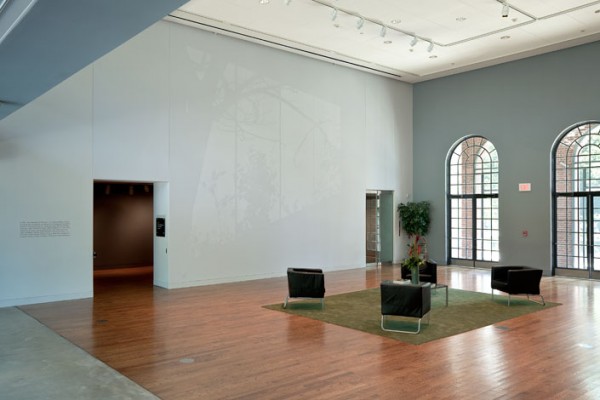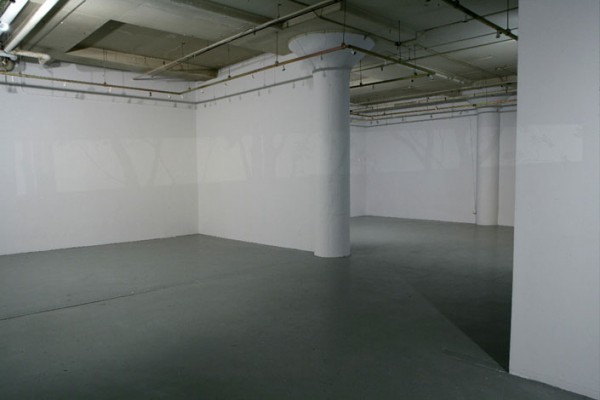Mary Temple
Tuesday, 8 January 2013
Work from her oeuvre.
“Mary Temple’s new installation Northwest Corner, Southeast Light, 2011, creates an empty space for contemplation behind the glass front wall of the Rice University Art Gallery. Inside, the cool white walls are empty; they surround a white oak floor, or rather, a platform that takes up all but the front and left margins of the gallery, slightly sloped upward toward the rear. Visitors may walk on it only after removing their shoes. The crucial element here is the subtle, almost invisible arrangement of light and shadows—silhouettes of trees seen through windowpanes—that fall across the walls and floor: a trace of nature within the quiet of the gallery. Soon, however, one recognizes that these forms have no relationship to the actual trees outside the front of the gallery: They seem out of scale, and remain motionless despite the breeze outdoors. Also, viewers’ shadows do not match up to those of the foliage as one would expect. The ostensible shadows turn out to be a trompe l’oeil painting. Working in Brooklyn, Temple made a digital composite of images from her slide archive (trees from Central Park, magnolias from Houston) that were then painstakingly applied on site with the aid of a slide projector. The shadowed areas were filled in first, the lighted regions then painted over them. A feeling of tranquility emerges from the environment’s apparent simplicity.
That these facts are not obvious reveals how much of the eye’s work in processing input from the environment normally escapes conscious notice. The initial sense of equilibrium gives way to one of fascination. This comes partly from the work’s grounding in photography and in the transcription of irregular plant forms, which distinguishes it from the frequent treatment of light and shadow as a geometrically regular phenomenon (as in James Turrell and Robert Irwin). The work’s gradual opening up rewards a viewer’s patience.” – Benjamin Lima for ArtForum.


